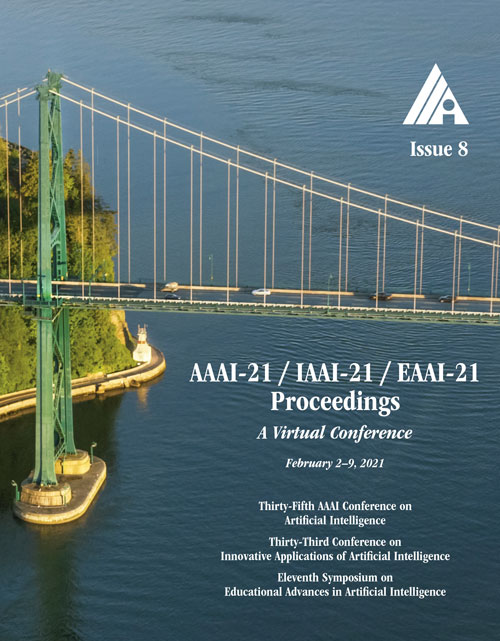Dual Quaternion Knowledge Graph Embeddings
DOI:
https://doi.org/10.1609/aaai.v35i8.16850Keywords:
Representation LearningAbstract
In this paper, we study the problem of learning representations of entities and relations in the knowledge graph for the link prediction task. Our idea is based on the observation that the vast majority of the related work only models the relation as a single geometric operation such as translation or rotation, which limits the representation power of the underlying models and makes it harder to match the complicated relations existed in real-world datasets. To embrace a richer set of relational information, we propose a new method called dual quaternion knowledge graph embedding (DualE), which introduces dual quaternions into knowledge graph embeddings. Specifically, a dual quaternion behaves like a “complex quaternion” with its real and imaginary part all being quaternary. The core of DualE lies a specific design of dual-quaternion-based multiplication, which universally models relations as the compositions of a series of translation and rotation operations. The major merits of DualE are three-fold:1) it is the first unified framework embracing both rotation based and translation-based models, 2) it expands the embedding space to the dual quaternion space with a more intuitive physical and geometric interpretation, 3) it satisfies the key patterns and the multiple relations pattern of relational representation learning. Experimental results on four real-world datasets demonstrate the effectiveness of our DualE method.Downloads
Published
2021-05-18
How to Cite
Cao, Z., Xu, Q., Yang, Z., Cao, X., & Huang, Q. (2021). Dual Quaternion Knowledge Graph Embeddings. Proceedings of the AAAI Conference on Artificial Intelligence, 35(8), 6894-6902. https://doi.org/10.1609/aaai.v35i8.16850
Issue
Section
AAAI Technical Track on Machine Learning I

